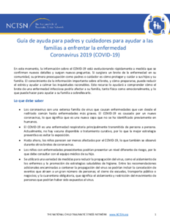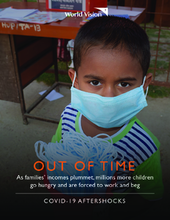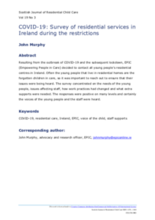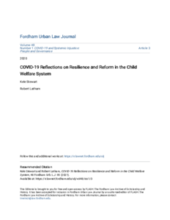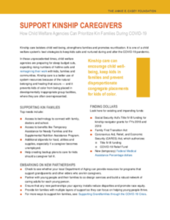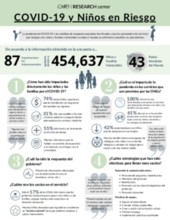This section includes resources on the response to the COVID-19 pandemic as it relates to child protection and children's care.
News on COVID-19 and Children's Care
Webinars and Events on COVID-19 Response
Displaying 711 - 720 of 756
This webpage from Save the Children features answers to frequently asked questions about the coronavirus, as well as advice for talking to your children about the situation.
Este recurso lo ayudará a comprender cómo el brote de una enfermedad infecciosa podría afectar a su familia, tanto física como emocionalmente, y lo que puede hacer para ayudar a su familia a sobrellevarlo.
Esta guía se desarrolló para ayudar al equipo psicosocial a realizar un seguimiento virtual de los NNA y las familias durante la pandemia de COVID-19.
World Vision has conducted rapid assessments in 24 countries across Latin America, Sub-Saharan Africa, and Asia confirming alarming predictions of increased child hunger, violence, and poverty due to the economic impact of COVID-19.
Resulting from the outbreak of COVID-19 and the subsequent lockdown, EPIC (Empowering People in Care) decided to contact all young people’s residential centres in Ireland. This article present the results of that survey.
Focusing on three critical facets of the U.S. child welfare system — reporting and investigating maltreatment, placement and other system metrics, and permanency — this Essay explores how the pandemic impacts the child welfare system and how the system should respond.
Save the Children ha creado cinco breves guías temáticas para padres y madres, en el marco del proyecto ‘A tu lado’.
This one-page factsheet from the Annie E. Casey Foundation makes the case for supporting kinship care during the COVID-19 pandemic and offers suggestions on how to support kin families, find funding to support these families, and embark on new partnerships.
Esta página de CAFO presenta a la información obtenida en una encuesta de organizaciones que sirven a niños y familias vulnerables sobre como han sido afectados directamente los niños y las familias por el COVID-19.
This module outlines 3 hours (180 minutes) of training activities and materials related to psychosocial support (PSS) and social and emotional learning (SEL) in emergency contexts.

